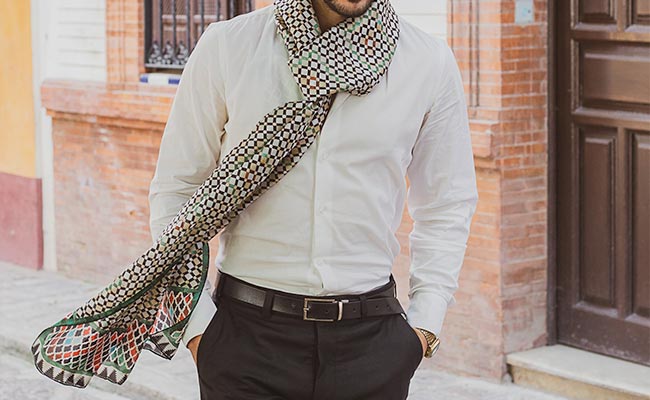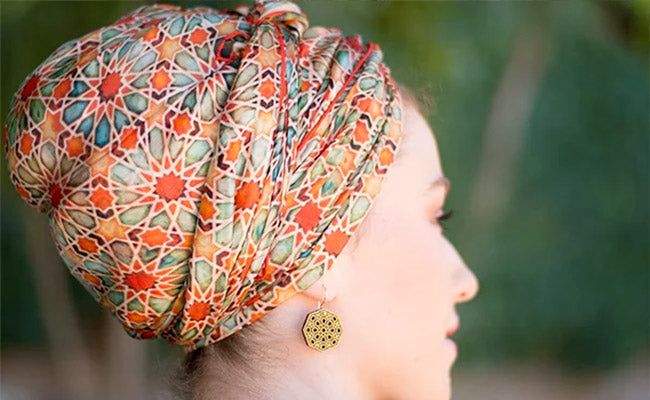About Us
It is easy to appreciate the fine leather work which comes from the atelier and boutique of Munira Mendonça in Granada, Spain.
For over twenty years, her shop has been a fixture destination across the street from the Plaza Nueva, set with its large fountain, lined with shade trees, filled with cafes and the sights and sounds of flamenco song and dance. A short walk from this Plaza brings one into the ancient Moorish neighborhood of the Albaycin and offers stunning daytime and evening views of the Alhambra which sits at the crest of the hill behind the shop overlooking the city.
If one is lucky, they’ll find Munira working the leather on one of her designs at a small table in the front of the shop. Most often, however, she will be working in the atelier one flight up. Here in a long tiled leather studio facing the Plaza, the afternoon sunlight filters in through the floor-to-ceiling windows. The studio is filled with work tables, tools of her craft and examples of her finished leather art pieces in various stages of development – hand-carved but not yet tooled, or ready for the polychromy finish before the leather is transformed into a purse, a wallet, an iPad sleeve or a hand-tooled cover for a writing journal.
The shop itself is filled with all of her design collections and accessories, as well as hand-tooled calligraphies and unique works of art. All of them resonate with the rich cultural and artistic history of Granada. A history which originated the most monumental, sophisticated and lavish period within Spanish Islamic art, making Granada the artistic center of North Africa and the Iberian Christian Kingdoms. This history reached its apex in the 13th and 14th centuries in the Moorish carvings and calligraphies of the Nasrid dynasty, culminating in the completion of the Nasrid monarch’s palace, the Alhambra.
At this juncture in their evolution, it is impossible to separate Munira the design institution, and all of the art history-based treasures which it holds, with Munira the person, whose artistic vision made it a reality. Both have evolved along a life journey which began in the hills of Bubion just outside Granada in the 1970’s. By the early ‘90’s, Munira had established the focus of her work on the centuries-old hand-carved and hand-tooled leather techniques known in Andalucia as “cordobanes” and “guadamecies”. At the same time, she found her mentor in Granada, Don Diego Campos Mariscal. When he retired at the age of 86 all that he could teach had been passed down and secured in Munira’s constant study and practice.
In the same spirit of guild-like apprenticeship, she has passed on her knowledge and practice of the traditional craft to her children, and to students who come from all over the world to study with her. As a woman, mother, grandmother, teacher, student of life, and practitioner of the spiritual arts, as well as an artist, craftsman, mentor and entrepreneur, Munira, the person, has also become a fixture in her community. Daily she teaches her skilled craft to those students she now mentors, and shares her life experience with those who hope to achieve an evolved inner life, a life of the Spirit.


